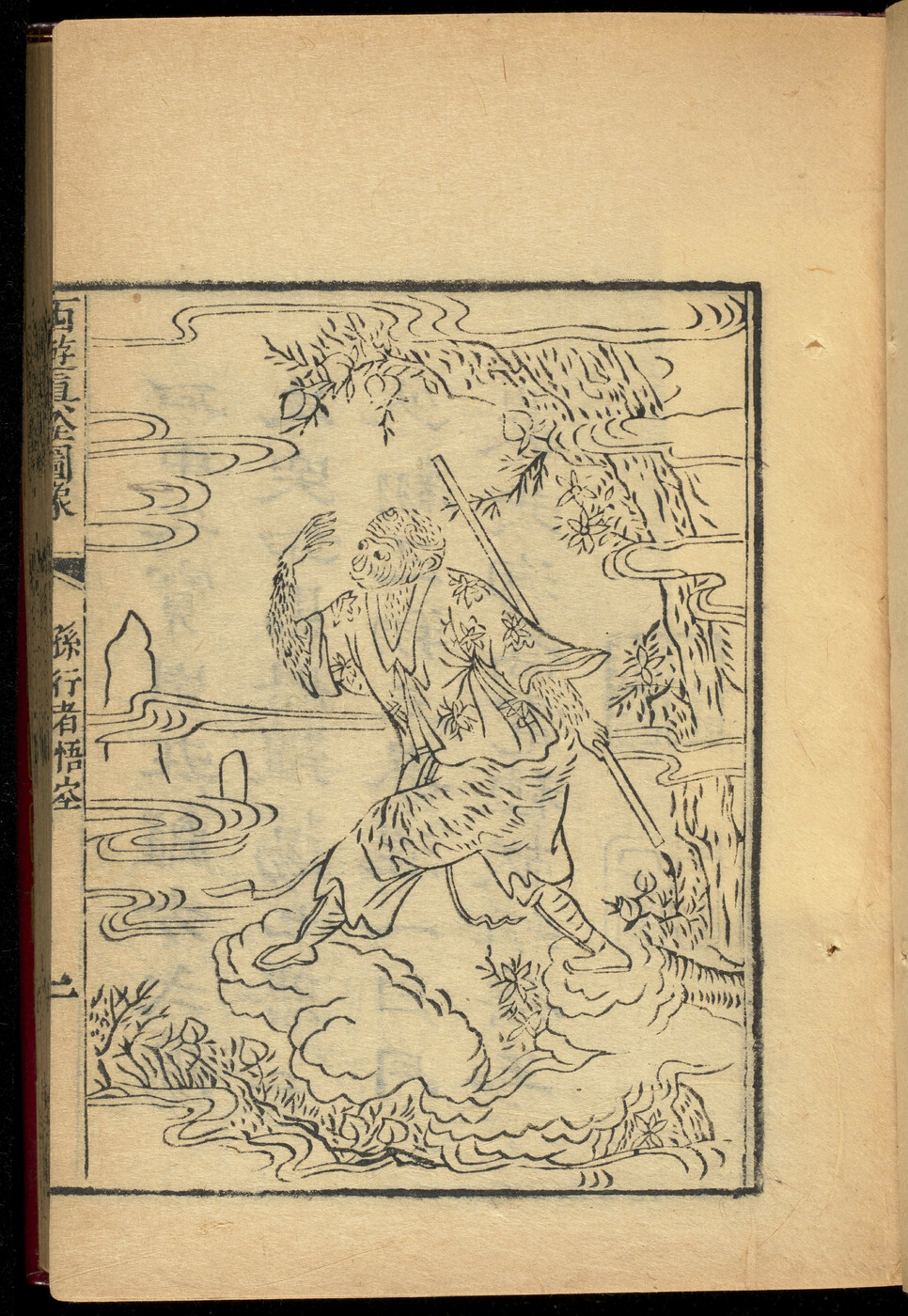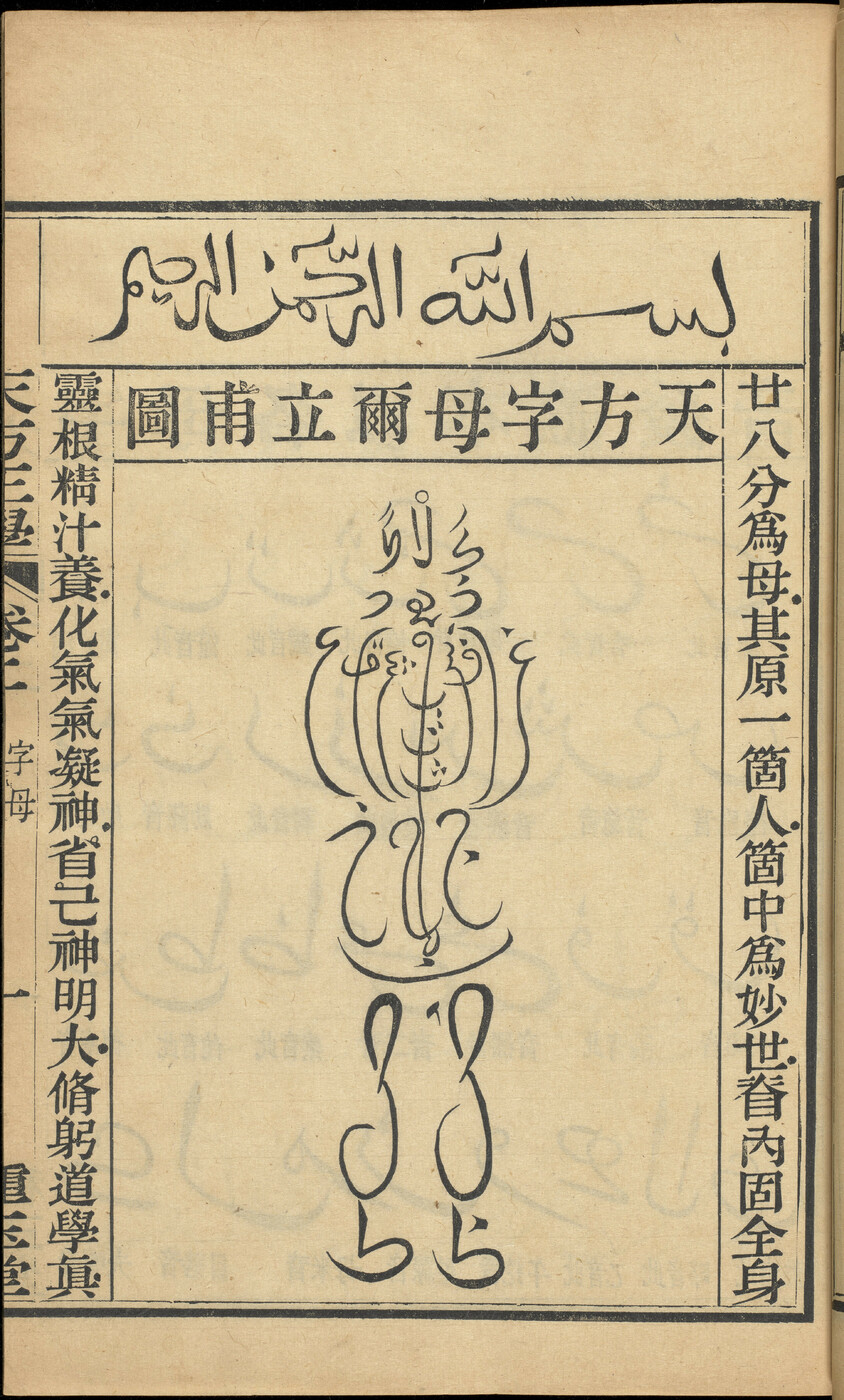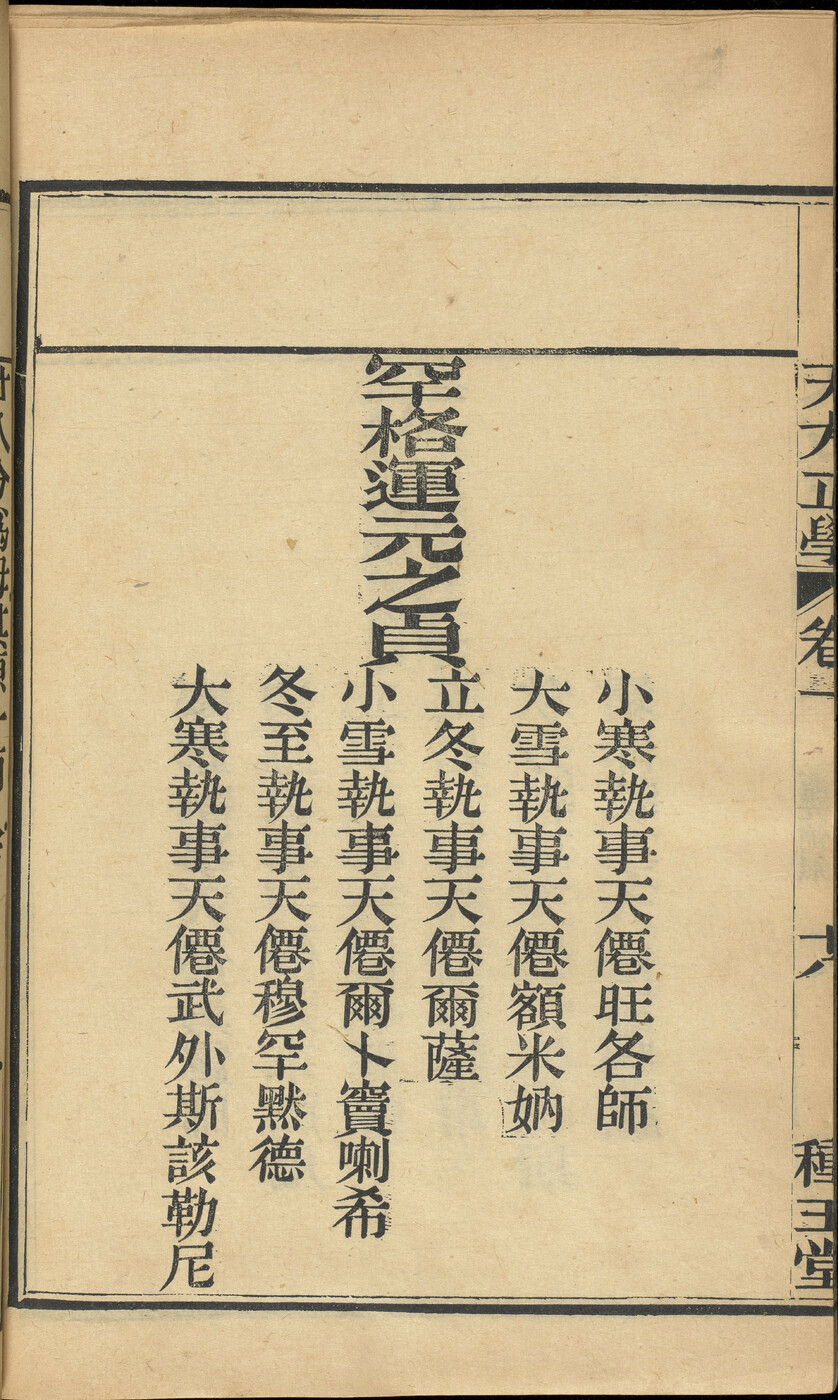China connected to the wider world long before the Qing dynasty. Ancient trade routes, later known as the Silk Roads, linked China to the Mediterranean. Merchants, monks, soldiers, and diplomats traversed these routes throughout the centuries, together with their goods, ideas, and languages.
For Qing people, the Silk Roads were a distant memory. Most trade, often conducted by European empires, bypassed the old overland routes, instead using the sea. Ideas that once entered China via the Silk Roads, like Buddhism and Islam, remained and flourished under the Qing.
Translators enabled Buddhism to spread across Asia. This sutra, or scripture, translated from Sanskrit to Chinese, is an important Mahayana Buddhist text. Mahayana is a tradition of Buddhism popular in China and other East Asian countries.
公元七世纪,中国佛僧玄奘经丝绸之路前往印度探索佛教。 佛教在那时的中国仍然是一个相对较新的信仰,所以玄奘研究佛教是用它原本的语言。 这部关于玄奘探究佛教的小说写于一千年后,那时佛教在中国已经根深蒂固。
佛教徒会记一些流行的咒语,就如这里所示,并背诵它们以求护佑。 这些咒文不是根据原意翻译的,而是从原始的梵文音译而成的,此书是大悲咒的一部分。
这个犹太新年的祈祷(Rosh ha-Shanah)是由中国古都开封的一个小而重要的犹太社团撰写的。 有资料表明,犹太商人在北宋年间(960-1127 年)或可能在唐代(618-907 年)通过丝绸之路抵达中国。
这部作品介绍了伊斯兰教在中国的历史,其中包括阿拉伯文古兰经的部分内容。 左边的书法展示了形似人形的阿拉伯字母。
Ref. Chinese Crawford 326



